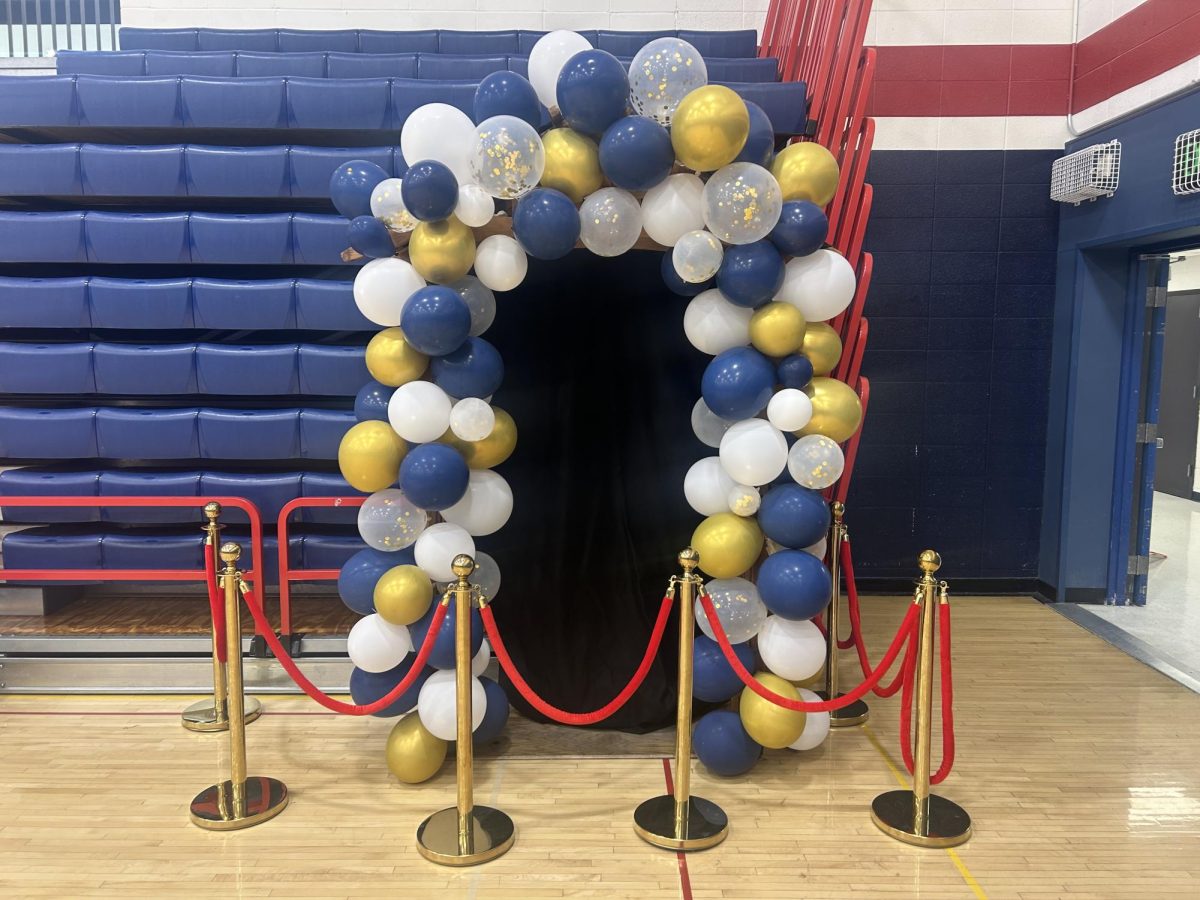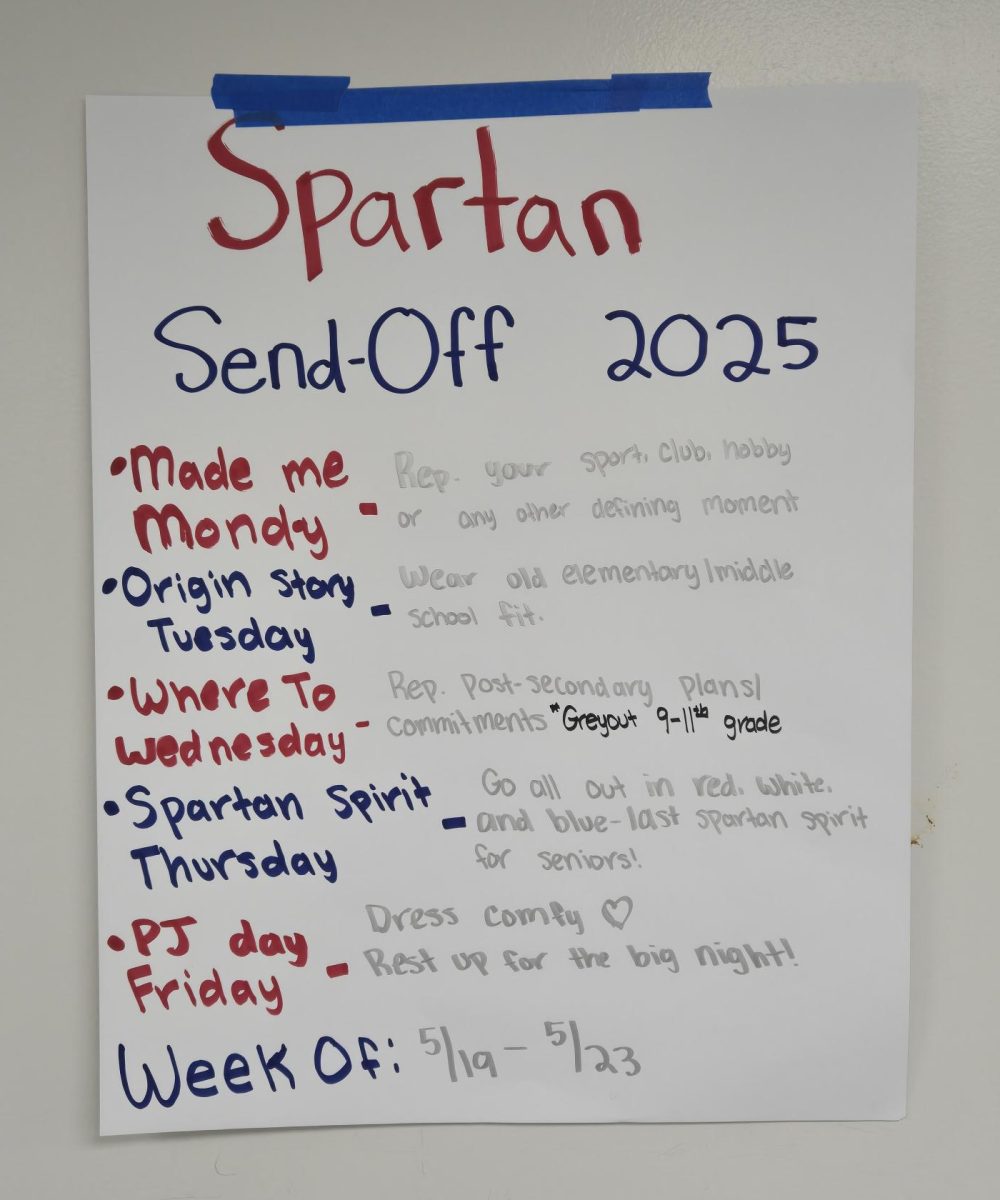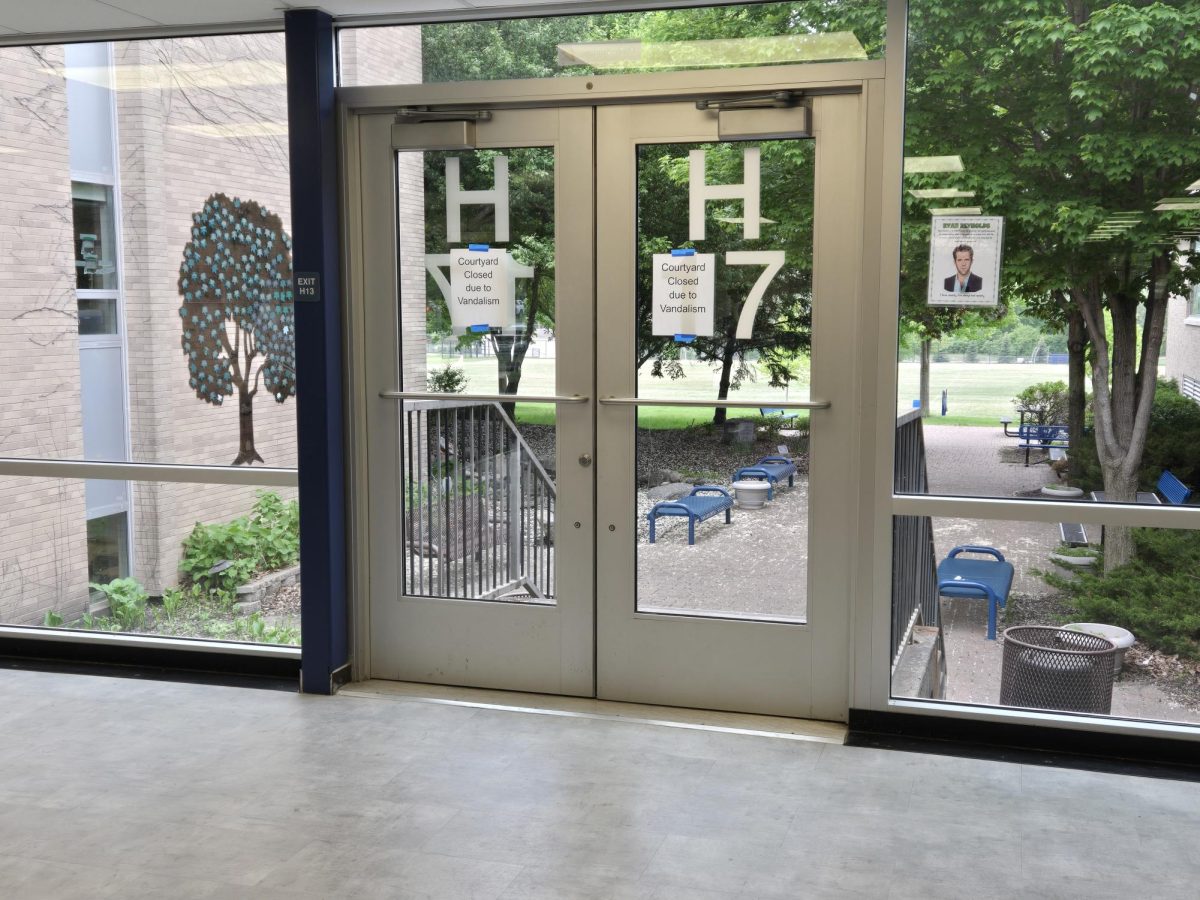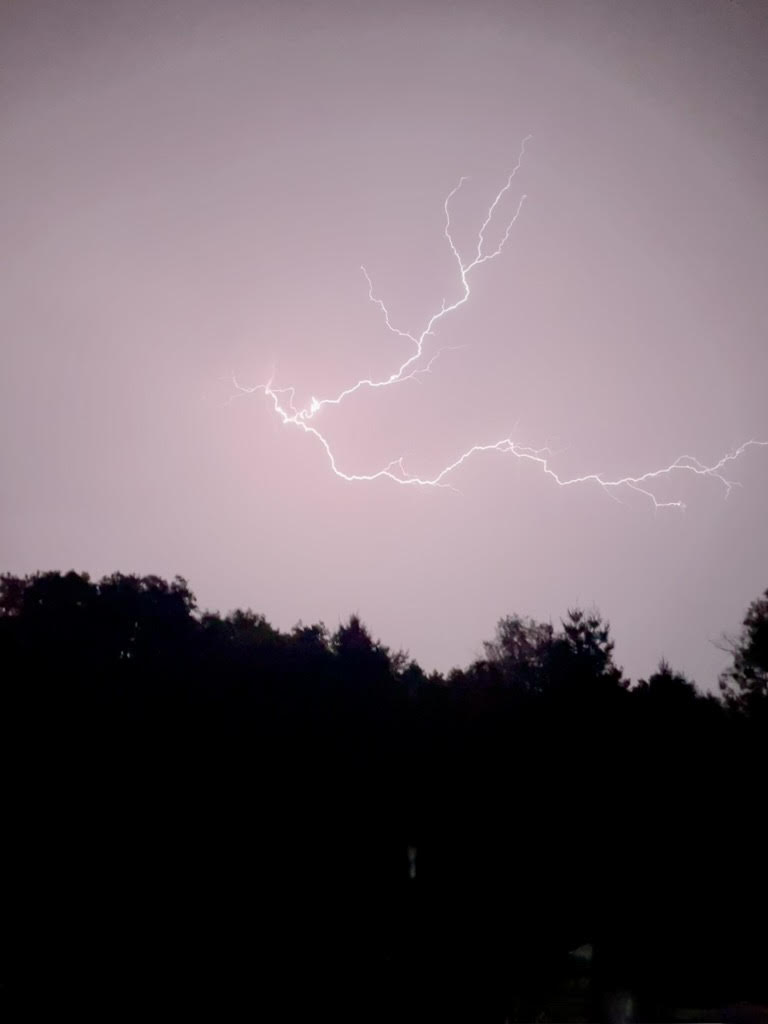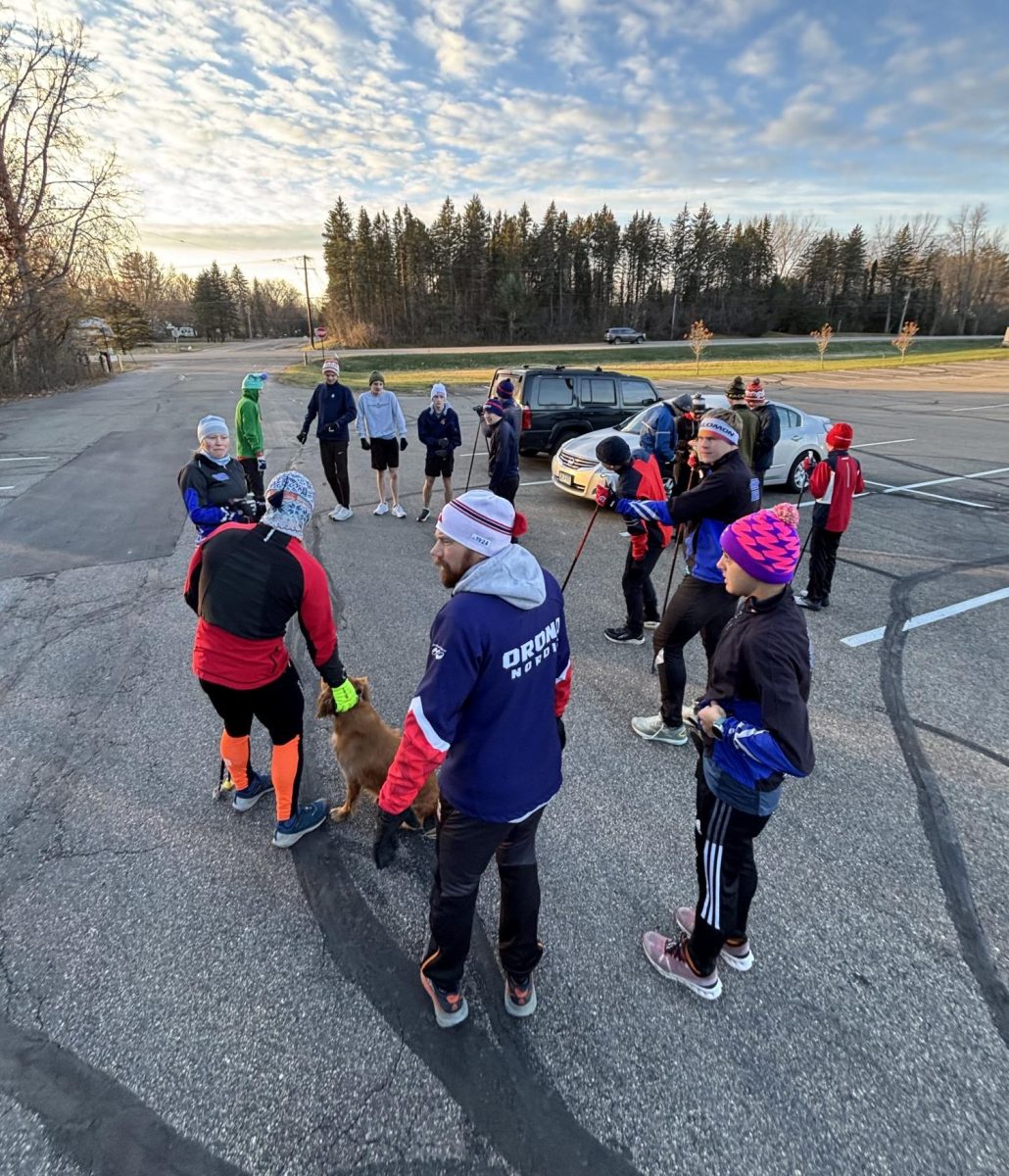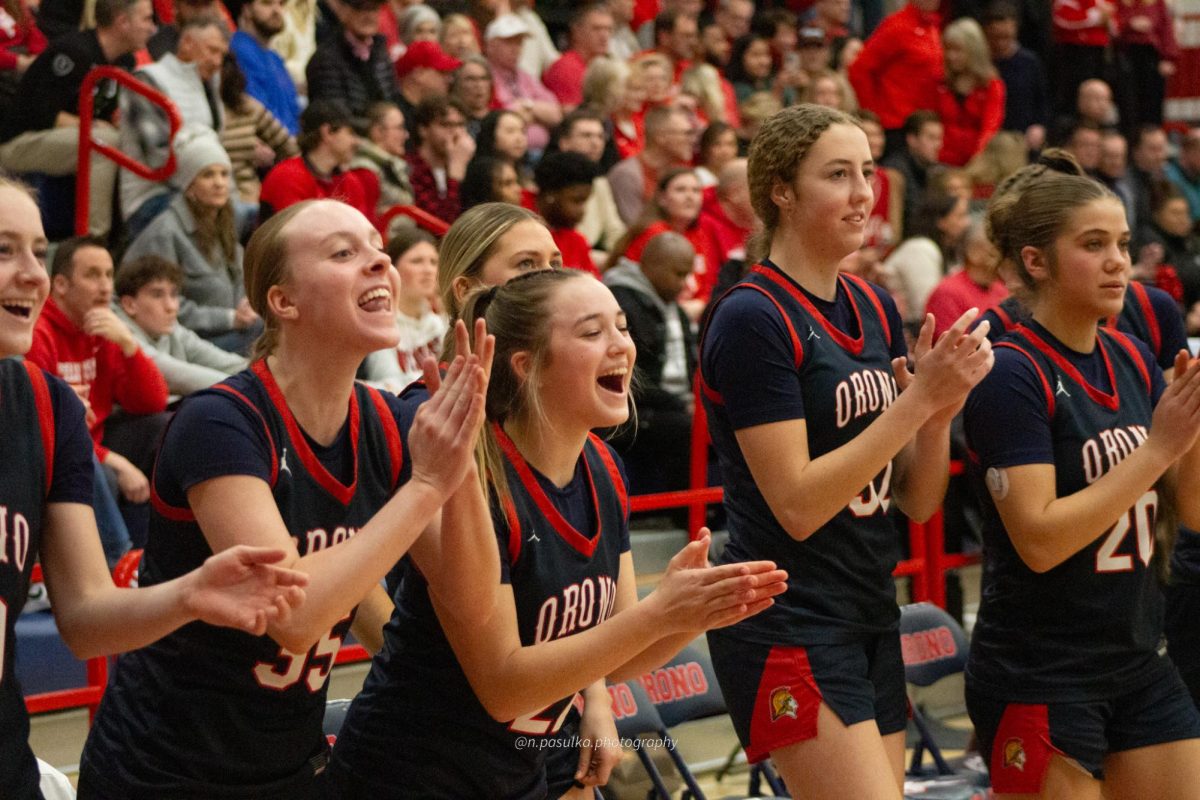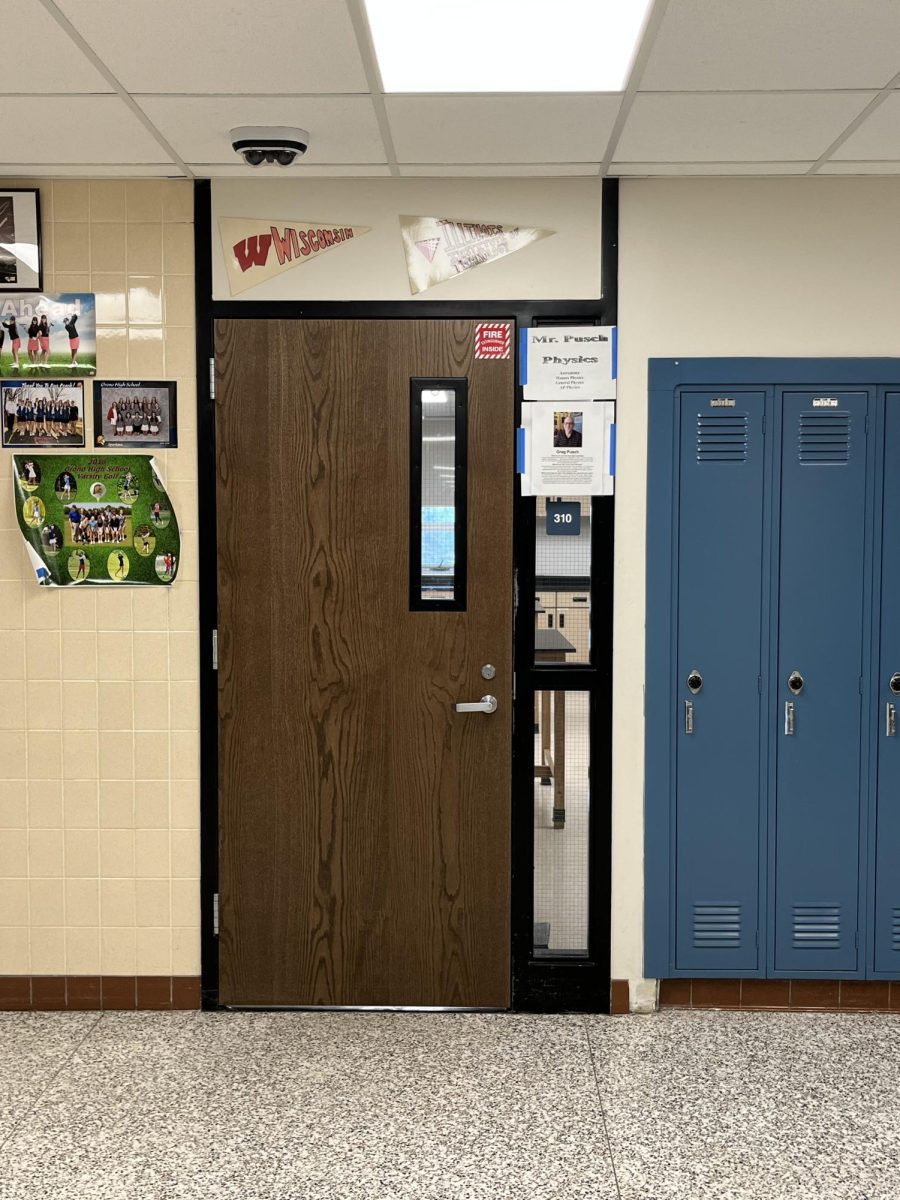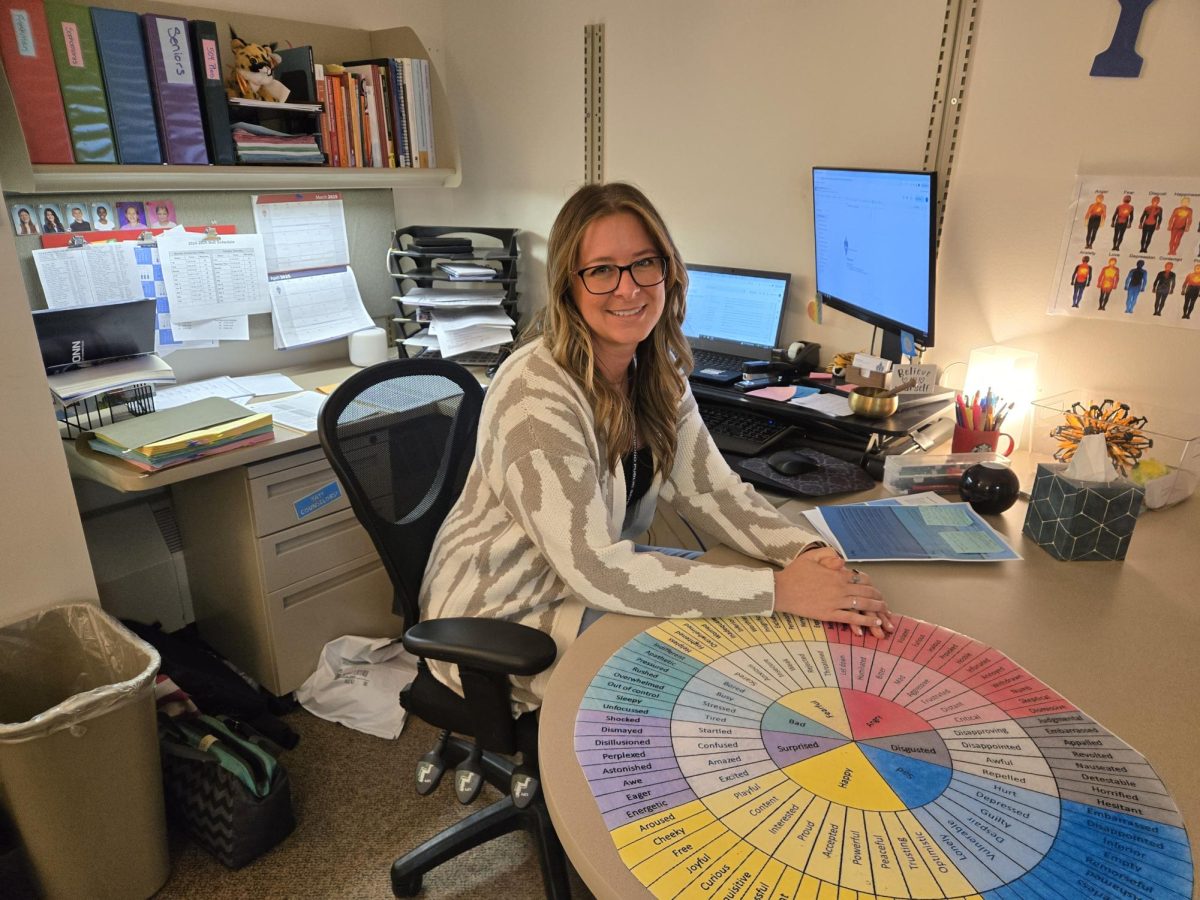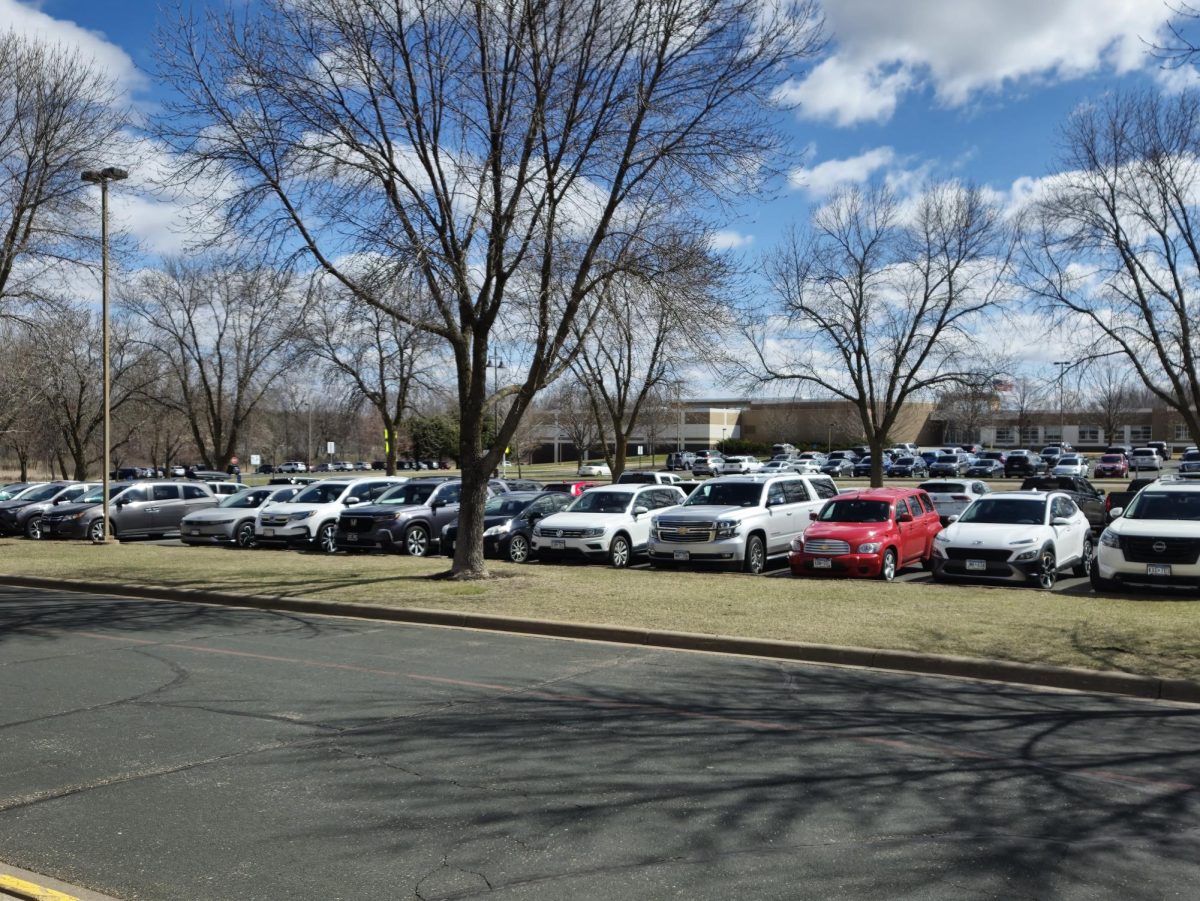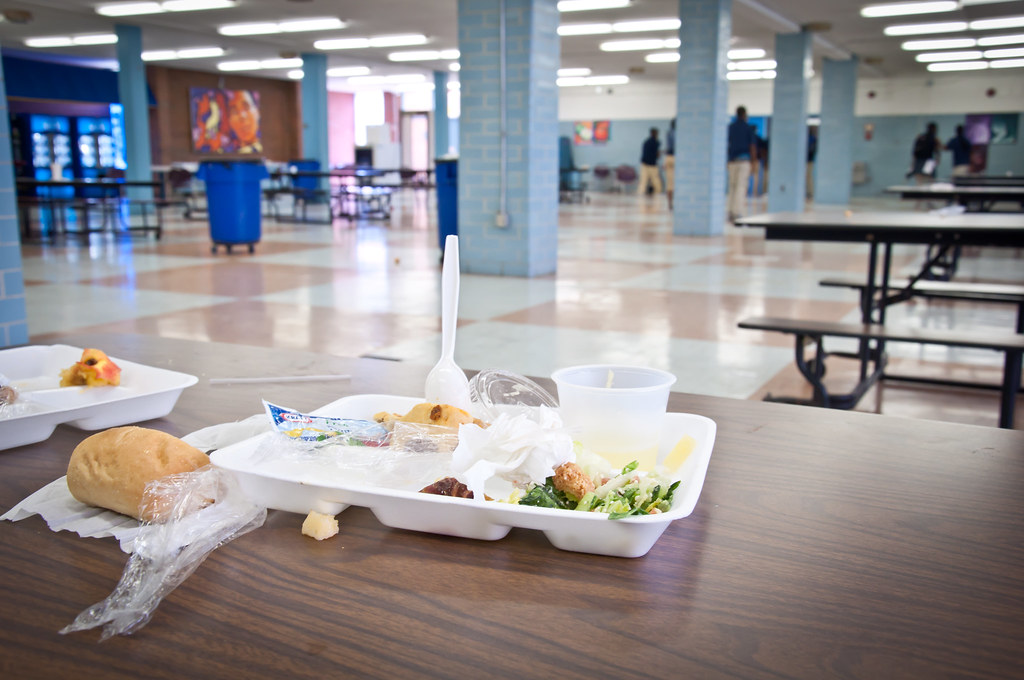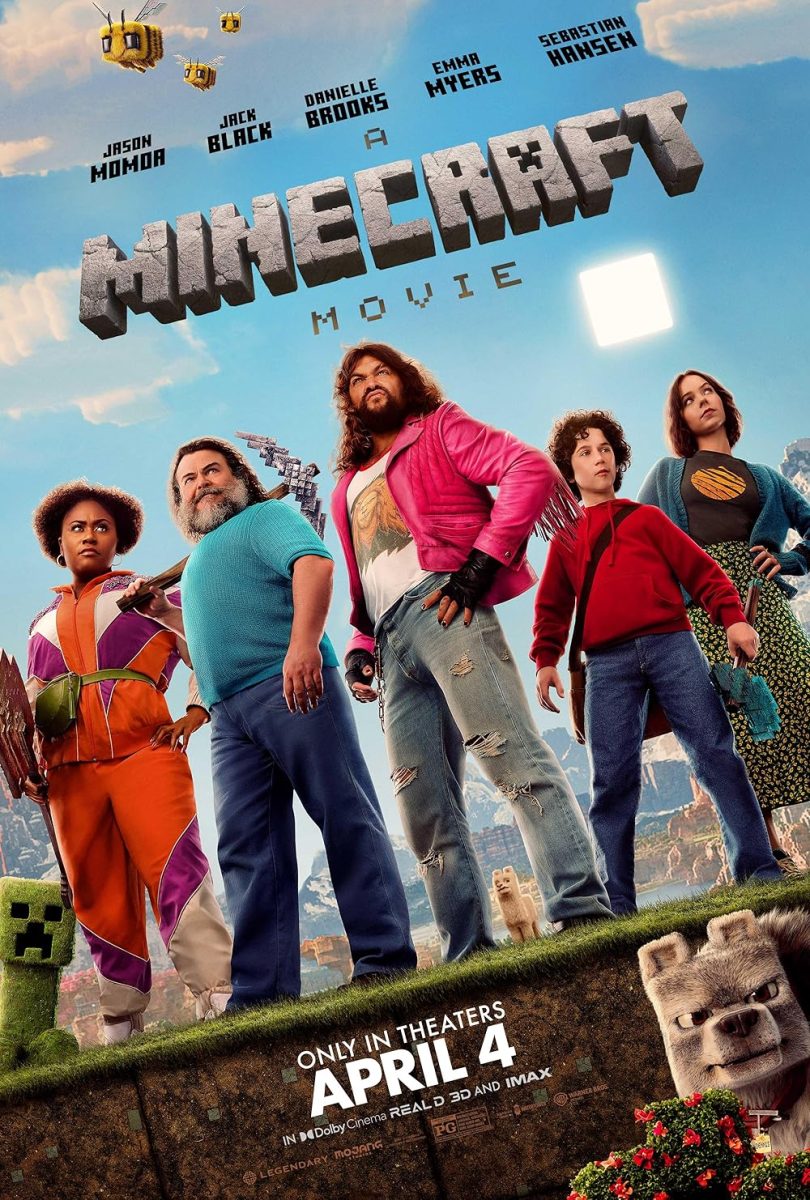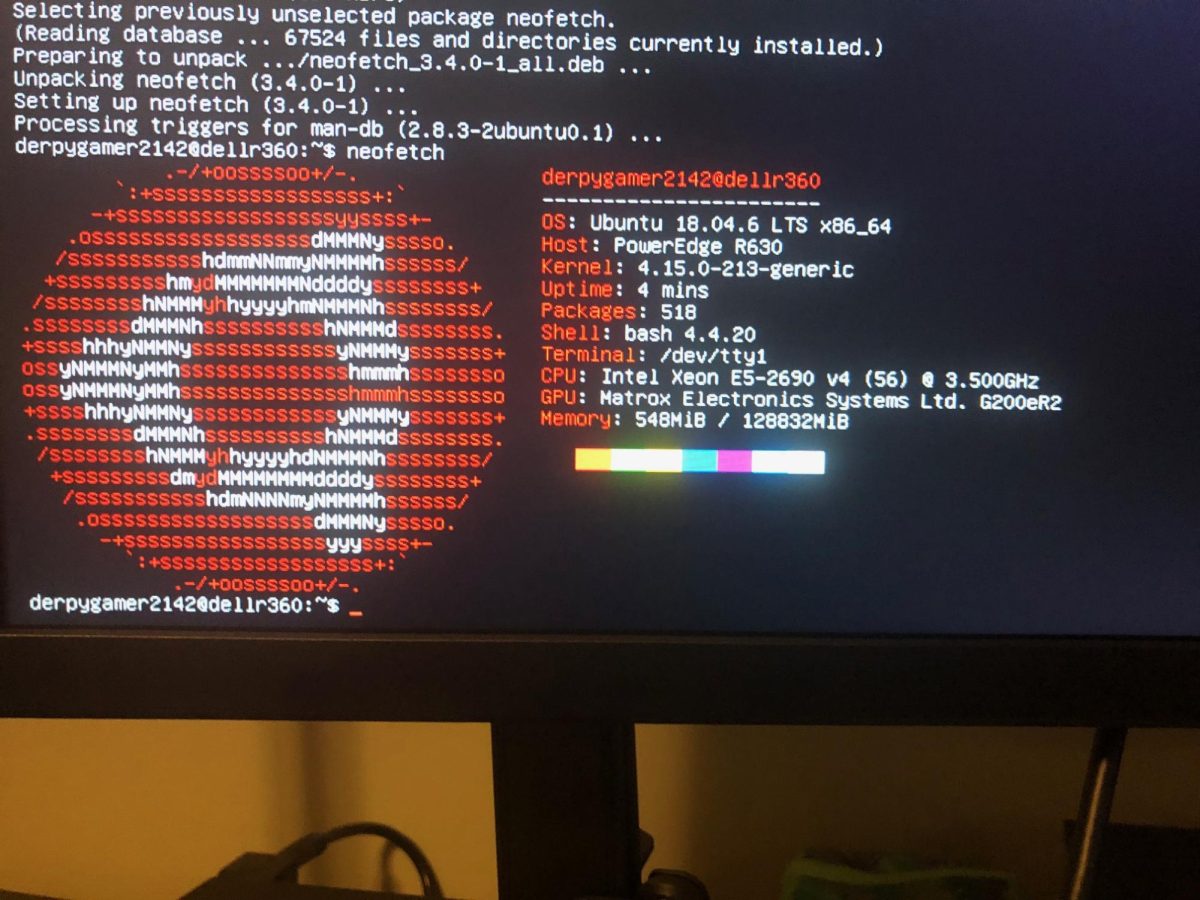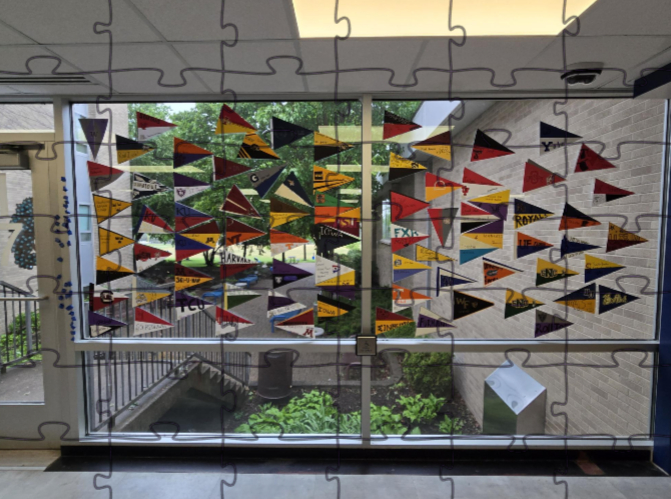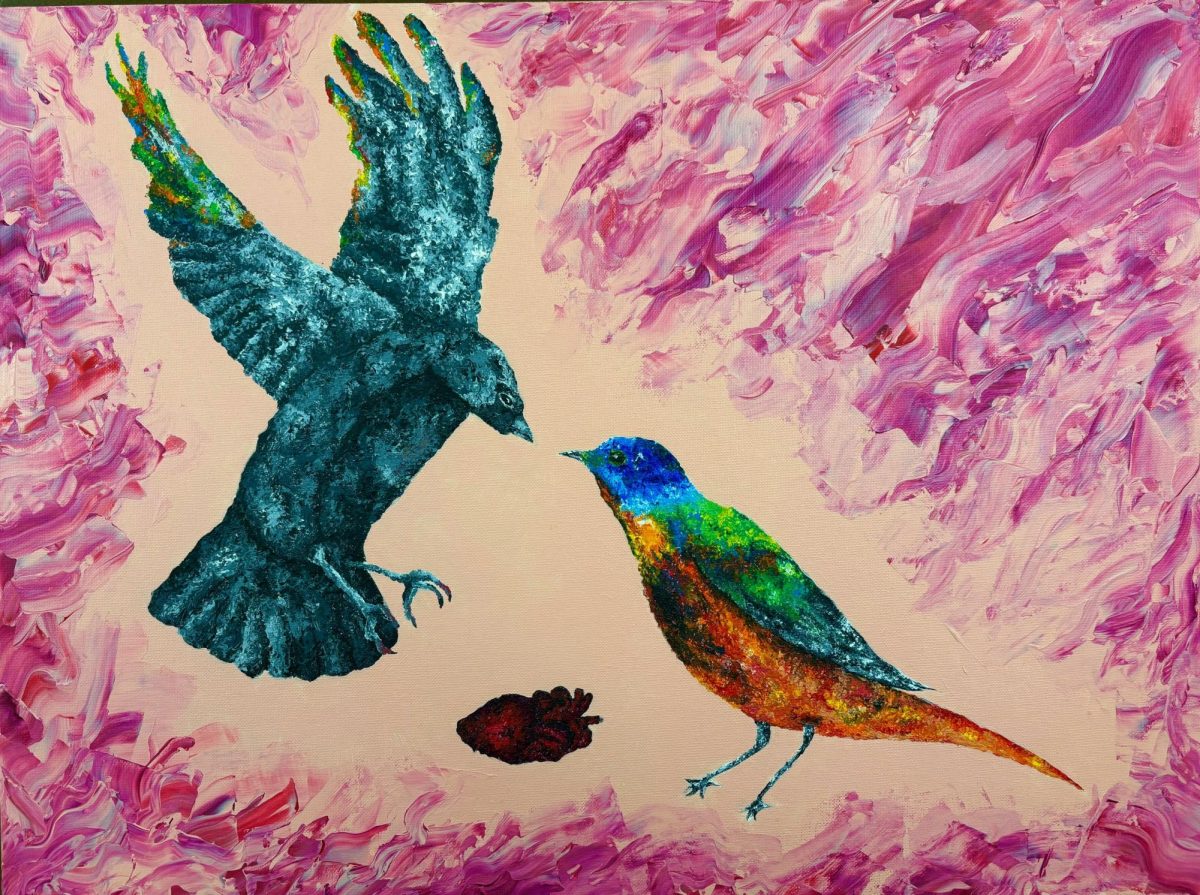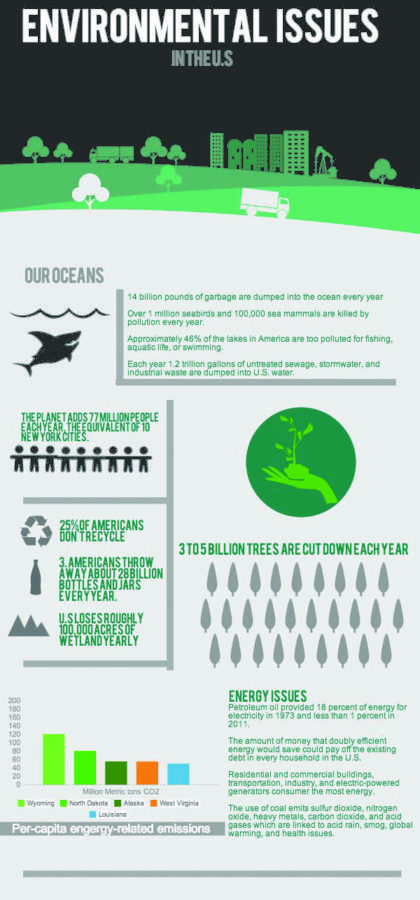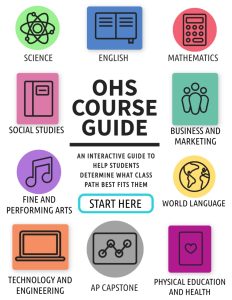Earth day invokes action in the Orono community
March 18, 2014
International Earth Day is quickly approaching on March 20.
The day receives less recognition within the United States as its more centered alternative, Mother Earth Day on April 22. However, it is celebrated on the Vernal Equinox each year–the first day of Spring.
International Earth Day was devised by peace activist John Mcconnell as a way for the world to “join together with thoughts of harmony and Earth’s rejuvenation,” according to Mcconnell on the holiday’s website, earthsite.org.
Mother Earth Day (also referred to as Earth Day) was created by U.S Senator Gaylord Nelson after witnessing the travesty of the 1969 oil spill in Santa Barbara, Cali.
According to Earth Day Network, Nelson decided to use the energy being put forth by students campaigning against the Vietnam War to inform the public about another serious issue plaguing their country and the world: water and air pollution.
Although each day was devised by different individuals for different purposes, they share many commonalities,
such as sharing their first celebration in the year 1970.
Another important similarity between the two days that fueled the modern environmental movement is the way in which individuals take action on the days, even within the Orono community.
Senior Mckenna Eckerline occasionally takes the day to pick up trash within her community. Fellow senior Hadley Patton chooses to focus on helping out every day in each way she can. Such things include never using plastic water bottles, participating in recycling, and bringing her own bags shopping, which Eckerline also does.
Patton stresses that these small attempts at change can make a difference. “I don’t think young adults know how big an impact simply using your own water bottle or recycling can do. It’s important to do whatever you can to help make a difference!”
Eckerline has also talked to the food industries to help bring about environmental change, such as by buying local produce, not eating meat, and never buying packaged food.
Teachers feel strongly about the environment, as well.
Suzanne Kehret, AP Environmental Science teacher, said “being aware of the issue is the first step–the second is getting involved at home…not necessarily as part of a large movement.”
Kehret helps out in every way she can, whether it be recycling around the home or donating to organizations like Clean Water Fund. She has also attended a solar conference and will speak of its benefits to her students.
Biology teacher Tim Haislet “challenges the ideas of ‘green’ often” by deciding which movements are truly helpful and which are not, such as the use of Ethanol.
Fuel is not the only issue troubling the United States. According to the National Resources Defense Council, climate change and air pollution are the top two issues facing the American public.
However, what is most important on a global scale differs slightly.
Planet Earth Herald lists rapidly expanding population as the top threat to our planet as a whole, followed by climate change, loss of biodiversity, and a lack of clean water in many areas.
If any of these issues seem like worthy concerns for getting involved, any small effort can help.
Currently, the Orono High School does not have any form of an active Environmental Club ever since the dismantlement of Enviropeace in 2011.
If an organization that focuses on the awareness and education of these issues seems like something you’d be interested in being involved in, there is no time better than the present to re-instill some form of such.
As Kehret said about the lack thereof of such an organization, “The knowledge piece is usually what’s lacking, so it’s an important club to have.”

